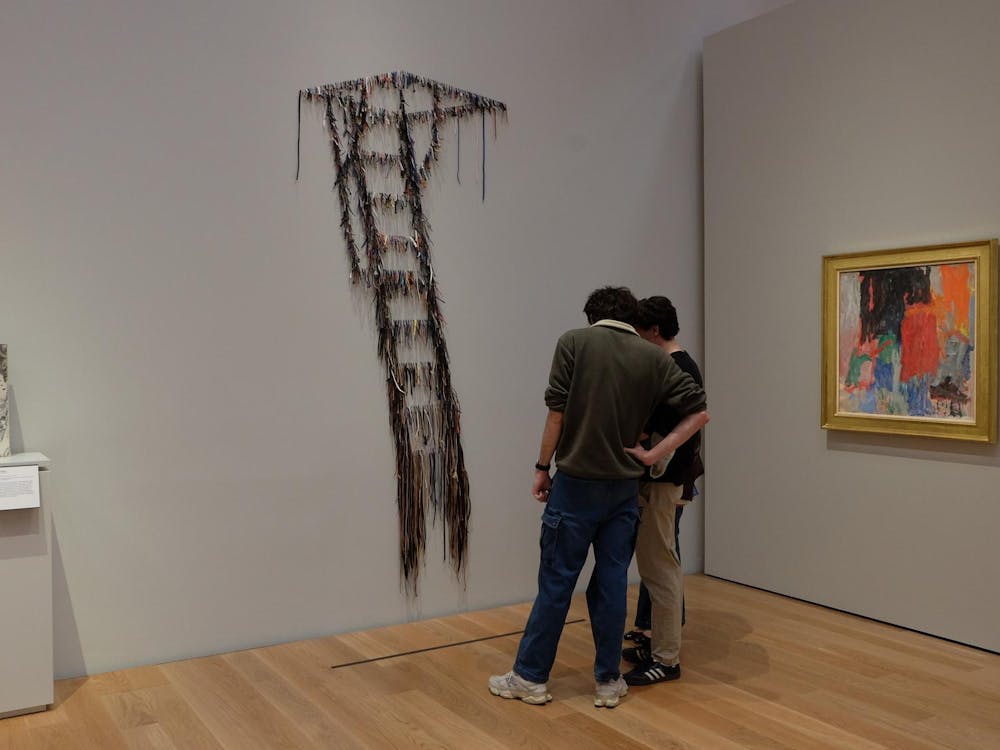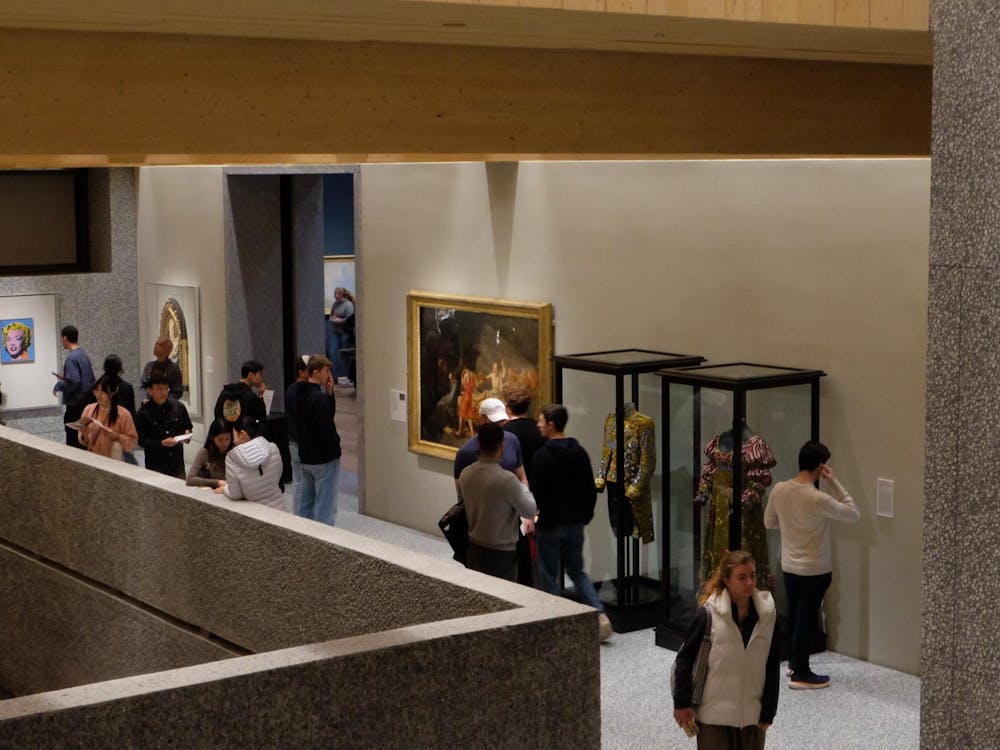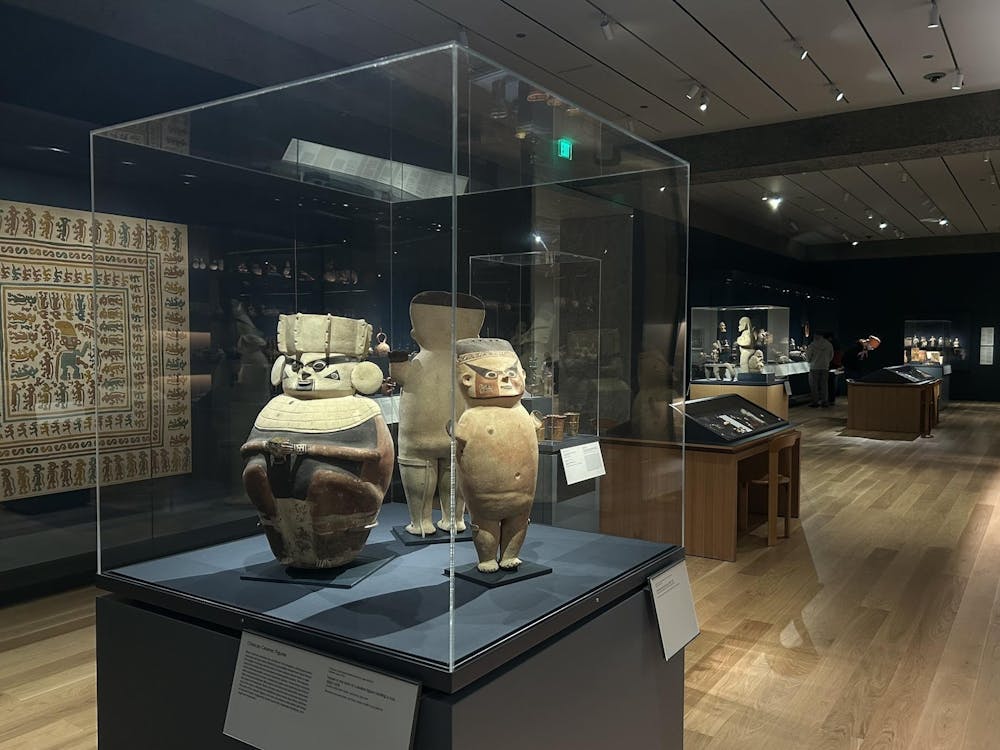Bridge Year has expanded steadily since its inception in 2009, and administrators are looking to continue to expand the program.
The program began with 20 students equally distributed among four countries in the 2009-10 academic year.As student interest grew, the program expanded to accommodate 28 students in 2012, and then 35 students in 2013 with the creation of a new location in Brazil, program director John Luria said.
Although there are no concrete details yet, the program is also considering a domestic expansion that would establish Bridge Year-style opportunities within the U.S., he added.
The number of applicants nearly doubled from 52 students in 2009 to90 students in 2012.
“Initially, the working group that established the program envisioned a program that could accommodate up to 100 students per year,” Luria said. “I think that’s still a viable goal, but the growth will depend a lot on student interest and alumni giving and our ability to fund the expansion.”
The program is funded by alumni donations without depending on any general University funds, he added.
The program currently provides opportunities for 35 students to take a year off and engage in a nine-month long service and cultural activities in developing countries before their freshman year. There are five program locations in India, Peru, Senegal, Brazil and China.
Alongside an increase in the number of participants and applicants, Bridge Year's program locations have changed. The initial locations in Serbia and Ghana were substituted with China and Senegal in 2012, and the site in Peru will switch to Bolivia starting in the 2015-16 program year. Location changes were influenced by student feedback, he said.
Comparative literature professor Sandra Bermann, who led the working group to establish the program in 2008, said the program is the first of its kind among U.S. universities, and that the committee had to do a significant amount of outreach and researchin order to create the program.
“Though it was a challenge, it was something that could, in fact, be done, and that we hoped would be done,” Bermann said.
Bermann explained that when establishing the program, the group expected the program would provide students with opportunities to immerse themselves in foreign cultures, reflect on themselves and think about the meaning of service.
“I’d say we’ve been very pleased by what we’ve seen,” Bermann said. “Students are returning in a way we hoped they would and sometimes beyond what we might have imagined.”

Luria also said he has been satisfied with how the program has been working so far.
“Personally I believe that it’s a program that has a great impact not only in the participants, but on the organizations and local communities the students collaborate with,” he said.
Katherine Clifton ’15, who participated in the 2010 program in Serbia, said her Bridge Year experience helped her to find a greater definition for service.
“Before going into Bridge Year my idea of service was fairly narrow, and now it’s much wider,” she said. “I [now] continue to think of service as just doing good in the world, in our personal relationships and with a grander focus.”
Kyle Berlin ’18, who participated in the 2013 program in Peru, said the program changed many of his values.
“Beforehand, I think I was a lot more competitive, and I didn’t think much about the way I existed in the world. I wasn’t as conscientious,” Berlin said. “[The bridge year] made me more aware — aware of myself, aware of the world, aware of the others, aware of what actually matters and figuring out what that means to me."
Brett Diehl ’15, who participated in the 2010 program in Peru, said the program provided him with the opportunity to explore himself and the environment he was in at a relaxed pace.
“One thing that I really wanted going in was the chance to step away from the rush of American high school, and that’s what I certainly found in Peru,” he said.
The program helped Diehl to discover his interest in Latin American history, he added, since his location was close to many historical sites.
The program also affected the career plans of some participants. Clifton said that she plans to go back to Serbia after her graduation to write a documentary play about Roma-Serbian hostility.
“[The program] definitely shaped that, because I wouldn’t be going back if it weren’t for the Bridge Year,” Clifton said.
For Diehl, a Sachs scholar, the connection is more indirect, since he will be studying in a university with no Latin American history program, he said.
“[The program] gave me a level of insight in academics and passion for the subject through lived experiences that I think would have been very hard to acquire if not for having done the Bridge Year program,” Diehl said.
Luria said that at the end of each Bridge Year, he and his colleagues meet and discuss ways to move the program forward.
“There are definitely a lot of opportunities out there. There's around 190 countries in the world and we’re in five, so there’s a lot of potential out there for future growth,” Luria said. “If you look at where we are at regionally and linguistically, I think it would be interesting to open a program some day in the Arabic-speaking world.”
The program’s next goal is to increase visibility for both the program itself and the value of the service it embodies, Bermann said.
Students interviewed said they recommend that the Bridge Year program be broadened, in terms of both the number of students involved and the definition of a bridge year itself.
“I hope the program continues to expand, and if it continues to expand, [it should do so] in a way that diversifies the number of experiences that can happen instead of just increasing the number of people,” Diehl said.
The University should also try to make discourses on service and self-reflection a more central part of the campus experience for a wider Princeton community, Berlin said.
Correction: Due to an editing error, an earlier version of this article misattributed the last paragraph of the story. Kyle Berlin '18 provided that information. The 'Prince' regrets the error.







